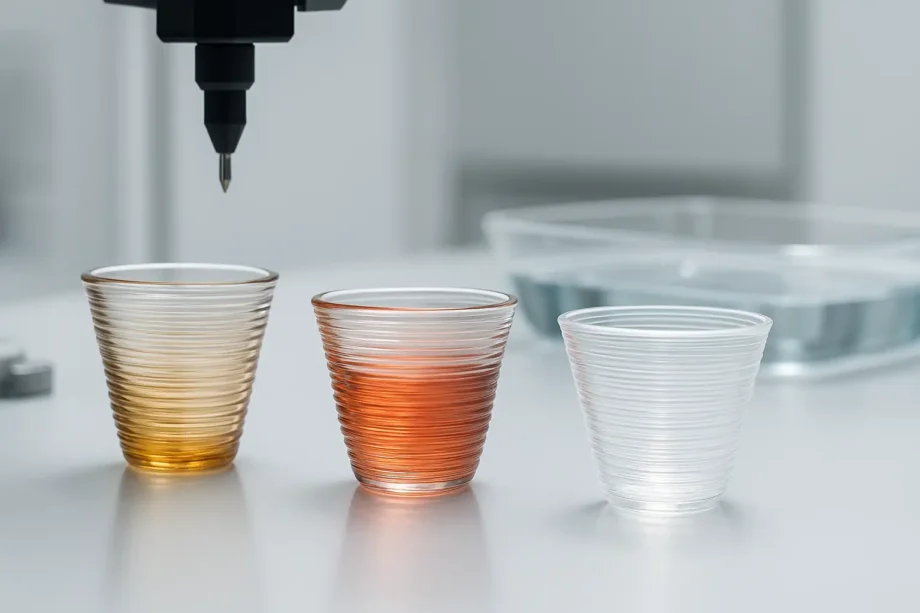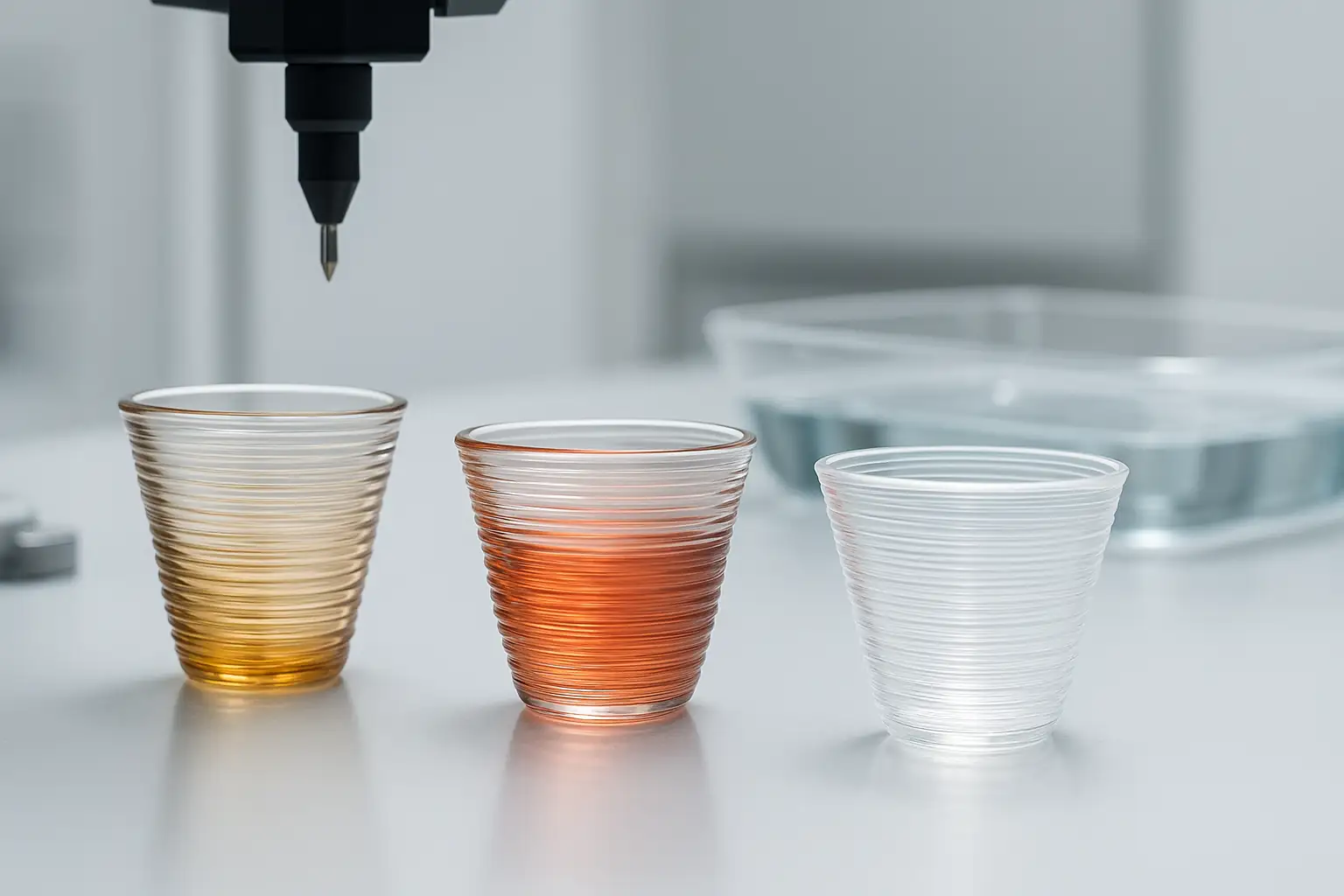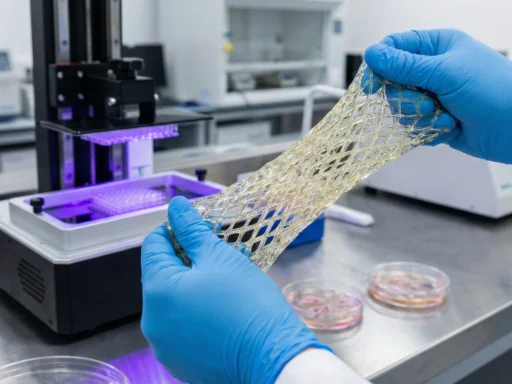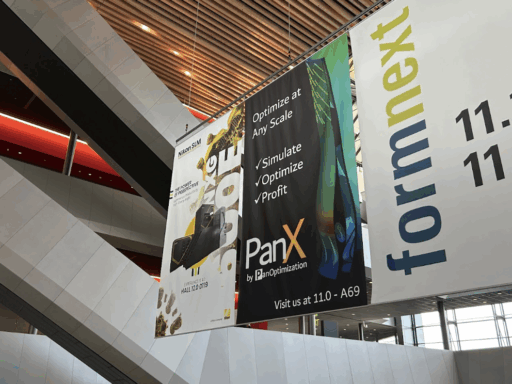Scientists at MIT Lincoln Laboratory have achieved another breakthrough in additive manufacturing: the ability to 3D print glass structures at low temperatures. Led by researcher Bradley Duncan, the team developed a next-gen technique that bypasses the extreme (think over 1,000° C) heat, required in conventional glass manufacturing. Instead, their novel approach enables the creation of complex, multi-material glass components using a curing process at just 250°C.
Dubbed direct ink writing, this technique involves extruding a custom-formulated ink made of silicate solutions and inorganic nanoparticles. The ink is printed at room temperature in a paste-like form, similar to moving toothpaste across a surface. Once shaped, the object is cured in a mineral oil bath and then washed, turning into a rigid, high-resolution glass structure.
What makes this innovation particularly exciting is its compatibility with temperature-sensitive materials, such as plastics that can’t withstand high heat. This promises new possibilities for heterogeneous integration, where diverse electronic components are stacked and interconnected in three dimensions. As Duncan puts it, “The only place to grow is up.”
The process offers wide geometric freedom and allows the fabrication of sophisticated structures like microfluidic devices, custom optical lenses, and high-temperature electronic components. Additionally, researchers can fine-tune the ink’s chemical composition to tailor the optical, electrical, and chemical properties of the final product.
This groundbreaking work earned Lincoln Laboratory an R&D 100 Award, recognizing its potential to reshape not just lab-scale manufacturing, but also real-world applications, from consumer electronics to defense systems.






